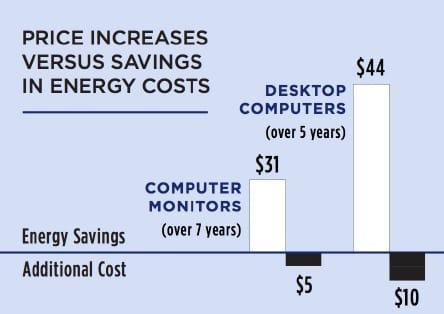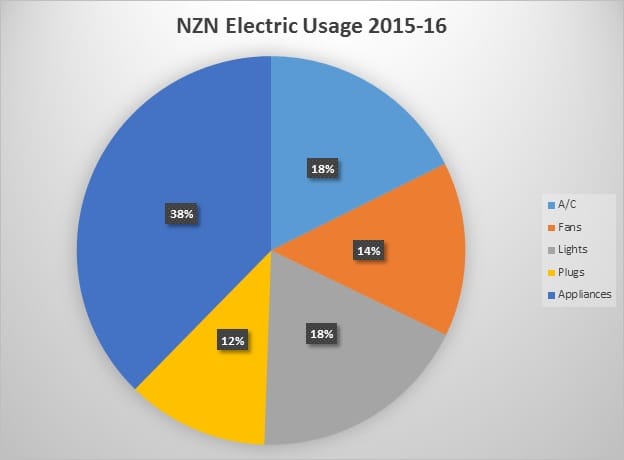 In one of the first moves of its kind, the state of California has enacted energy efficiency standards for computers and monitors. If the state that is home to Silicon Valley can take this step, an other state interested in reducing energy use could be safe to follow its lead. The new standards are estimated to save $370 million a year or 3-7% overall energy use in the state. The details are that the standards will be phased in from 2018-2021, with different standards for laptops, desktops, servers, and monitors in several categories. Chief among the new requirements are idling caps on energy use when not in use. The monitor standards have a payback of 600% over 7 years, and only 14% of current monitors would comply with the new standards. Desktops have expected payback of 400% and laptops 200%. This move shows what California has learned from its drive to tamp down energy use (and energy waste) toward its goal of netzero buildings -- the more you design in energy efficiency in the building envelope and mechanical systems, the more the "plug load" takes over as the low-hanging fruit for additional energy savings. In the net-zero home we built, for instance, fully 12% of total electric usage was plug load (see chart below). And that energy is often easier to reduce than heating, cooling, and lighting, once efficient HVAC, appliances, and LED lighting have been installed inside a tight envelope.
0 Comments
Your comment will be posted after it is approved.
Leave a Reply. |
AuthorNick Brown, CEA Archives
August 2022
Categories
All
|
Proudly powered by Weebly


 RSS Feed
RSS Feed